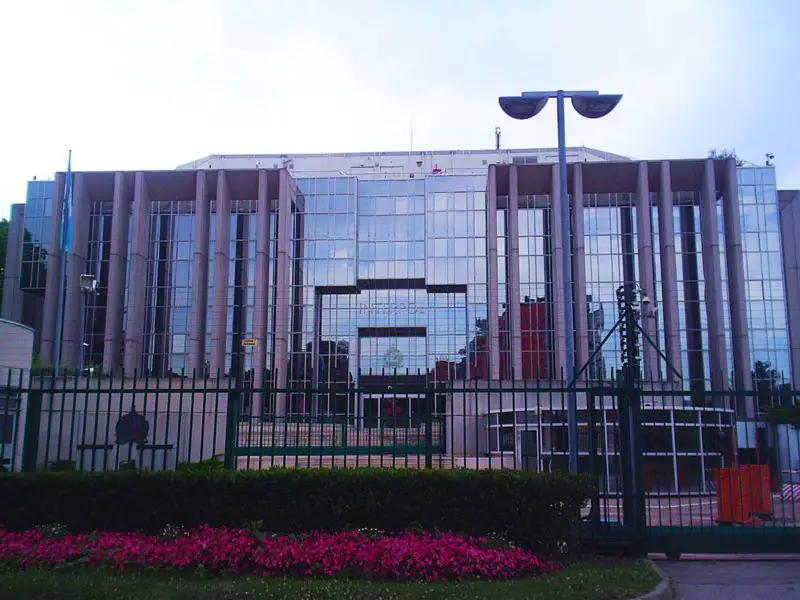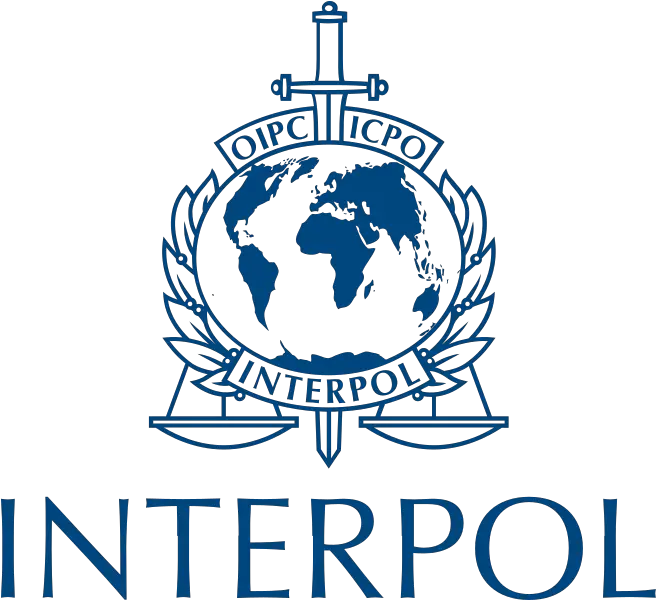You may have heard the name INTERPOL mentioned in movies or TV shows, usually with the backdrop of some foreign locale, but what is this organization, and why is it only mentioned in connection with some type of international crime?
INTERPOL stands for International Criminal Police Organization. It’s just what the name implies, an international police organization with 194 countries as members of the organization. Its role is to help police around the world fight crime. INTERPOL also acts to bridge the gap between the laws of different countries, even if those countries don’t have diplomatic relations. It’s second only to the United Nations as an organization with the most international representation.
INTERPOL has three main crime programs; counter-terrorism, organized and emerging crimes, and cybercrime. These programs cover investigations into organized crime, drug trafficking, terrorism, money laundering, counterfeiting, human trafficking, environmental crimes, corruption, cybercrime, and public safety.
But contrary to what Hollywood would lead you to believe, INTERPOL does not have agents, they do not make arrests or carry guns, and they don’t cross borders to investigate a crime. The organization exists to facilitate cooperation between different law enforcement entities and to disseminate information.
One way in which INTERPOL does this is through a secure communication network in real-time with member nations called I-24/7. Nations can contact each other directly through this system, and INTERPOL is the intermediary. INTERPOL also issues an alert called a Red Notice that is a request made by a member nation to worldwide law enforcement to identify, locate, and possibly arrest a person for extradition back to the country who made the request.
The Red Notice is not an arrest warrant and has no legal power. In addition, per its constitution, INTERPOL is not allowed to engage in any activity that is of political, military, religious, or racial character. INTERPOL only deals with common crime.
INTERPOL also provides member nations with tools to use in their fight against international crime. Along with the information system that connects all the member nations together, INTERPOL maintains 24/7 support for law enforcement that includes emergency and crisis response, and they provide training and research for police organizations across the globe. They also maintain 18 police databases on crimes and criminals from everywhere on the planet.
The budget for INTERPOL is around €139 million ($157 million US), and the money comes from contributions from all member nations. INTERPOL isn’t the only organization involved in dealing with worldwide crime. There is also an organization called EUROPOL, which is the law enforcement agency for the European Union. It isn’t part of INTERPOL, however.
The logo for INTERPOL has been in use since 1950, and it contains a globe, olive branches, a sword, a scale, and the letters IPCO and OIPC. The globe on the logo represents INTERPOL’s worldwide activities, while the olive branches represent peace. The vertical sword represents police action, and the scales represent justice. The letters OIPC are a French acronym that stands for “Organisation internationale de police criminelle,” while IPCO stands for “International Criminal Police Organization.”
The idea for an international police organization first originated at the International Criminal Police Congress in Monaco in 1914. Twenty-four nations were in attendance for that first meeting, but it didn’t gain traction because of the onset of World War I.
After the war was over, Johannes Schober, the President of the Vienna Police, established the International Criminal Police Commission (ICPC) in 1923, which was headquartered in Vienna, Austria. Twenty-two nations had delegates. The United Kingdom joined in 1928, and the United States joined ten years later in 1938.
Also in 1938, Nazi Germany annexed Austria and took over the ICPC. Most countries stopped their participation. While under German control, the ICPC had its headquarters moved to Berlin in 1942.
A year after the end of the war in 1946, the organization was re-established and moved its headquarters to an area outside Paris called Saint-Cloud. In 1956, the ICPC became the International Criminal Police Organization (ICPO). The headquarters remained outside Paris until 1989, when it was then moved to its present location in Lyon, France.

Notable and Famous Cases Involving INTERPOL
One of Monet’s art pieces called “Impression, Soleil Levant” was stolen at gunpoint from the Musee Marmottan Monet in Paris in 1985. The thieves were Philippe Jamin and Youssef Khimoun, members of an art theft syndicate. INTERPOL tracked them to Japan where they were linked to other crimes, and the painting was eventually recovered in Corsica in 1990. Jamin and Khimoun had been hired by a Japanese gangster to pull off the job.
Albert Walker was a Canadian con-man who stole millions from his friends, colleagues, and clients during the 1980s. He went to number two on INTERPOL’s most wanted list and fled to the United Kingdom with his daughter, who even posed as his wife. It wasn’t until 1996 before he was finally apprehended. Walker had murdered a business associate and then assumed his identity, which ultimately led to his capture.
Charles Sobhraj was known as “The Serpent” during the 1970s because he stalked and killed 12 westerners in Southeast Asia and used their passports and identities to elude the authorities. INTERPOL assisted authorities in India in catching him in 1976 as he was trying to scam a French tour group with two other accomplices.
A pair of bank robbers named Craig Pritchert and Nova Guthrie stole more than $500,000 across the western US in the late 1990s, and they became known as a modern-day Bonnie and Clyde. The pair lived it up on their take and took vacations to the mountains of Colorado and the beaches of the Caribbean. They were eventually caught in Cape Town, South Africa, where they were living at the time. An informant had recognized them after they had appeared on an episode of America’s Most Wanted.
A British smuggler named Jonathan Toekley-Parry moved over 3,000 pieces of Egyptian antiquities out of Egypt and disguised them as reproductions in the 1990s. INTERPOL, along with Scotland Yard and the Egyptian Antiquities Police, caught up to Toekley-Parry in 1997.
The Mexican drug dealer, Amado Carrillo Fuentes, eluded capture in Mexico in 1993 and then fled to South America. But because of growing pressure from authorities, he began to undergo extensive plastic surgery to change his identity. He died during a particular nine-hour procedure in 1997.
Sid Ahmed Rezala was known as the “Killer of the Trains” because of a series of murders he committed on trains in France between October and December 1999. The Algerian eluded police because of his extensive knowledge of train travel. He was apprehended in January 2000 when INTERPOL teamed up with French, British, and Portuguese police to find him. He later committed suicide in a Portuguese prison a few months after his arrest.
Darnell Garcia, a former DEA agent, stole cocaine and heroin from evidence lockers with the help of two other agents in the mid-1980s. Between 1983 and 1987, the agents laundered the profits from the sales of the stolen drugs and placed millions of dollars into Swiss bank accounts. Garcia fled the country but was tracked down by INTERPOL after only a few months. He was returned to the US and received an 80-year prison sentence.


